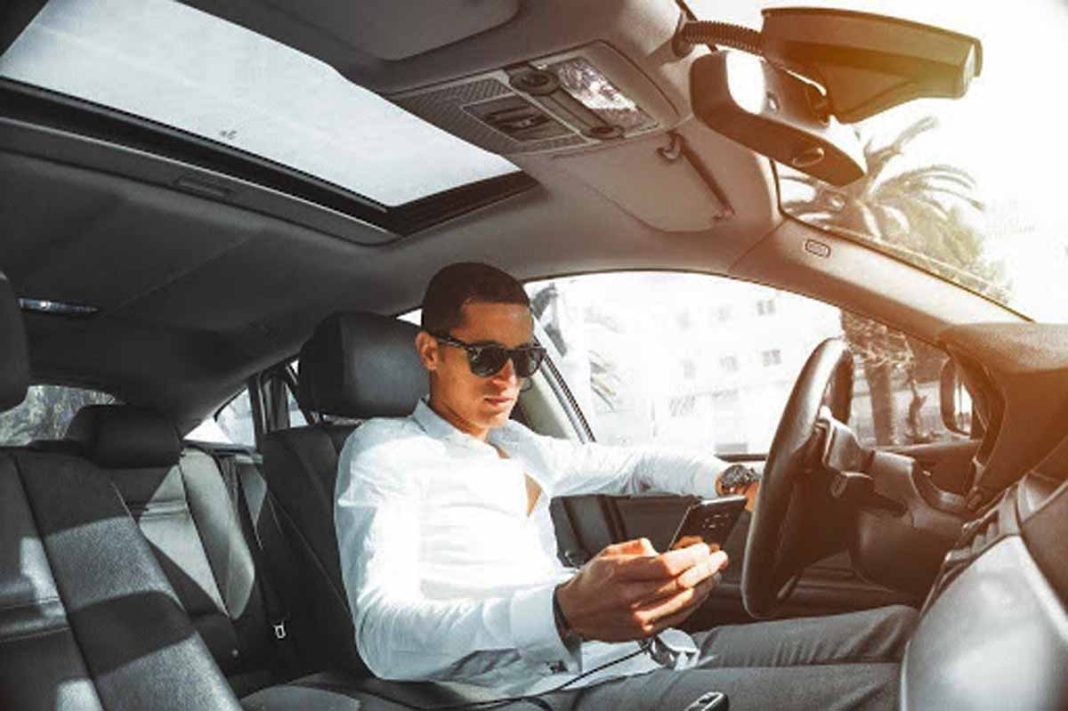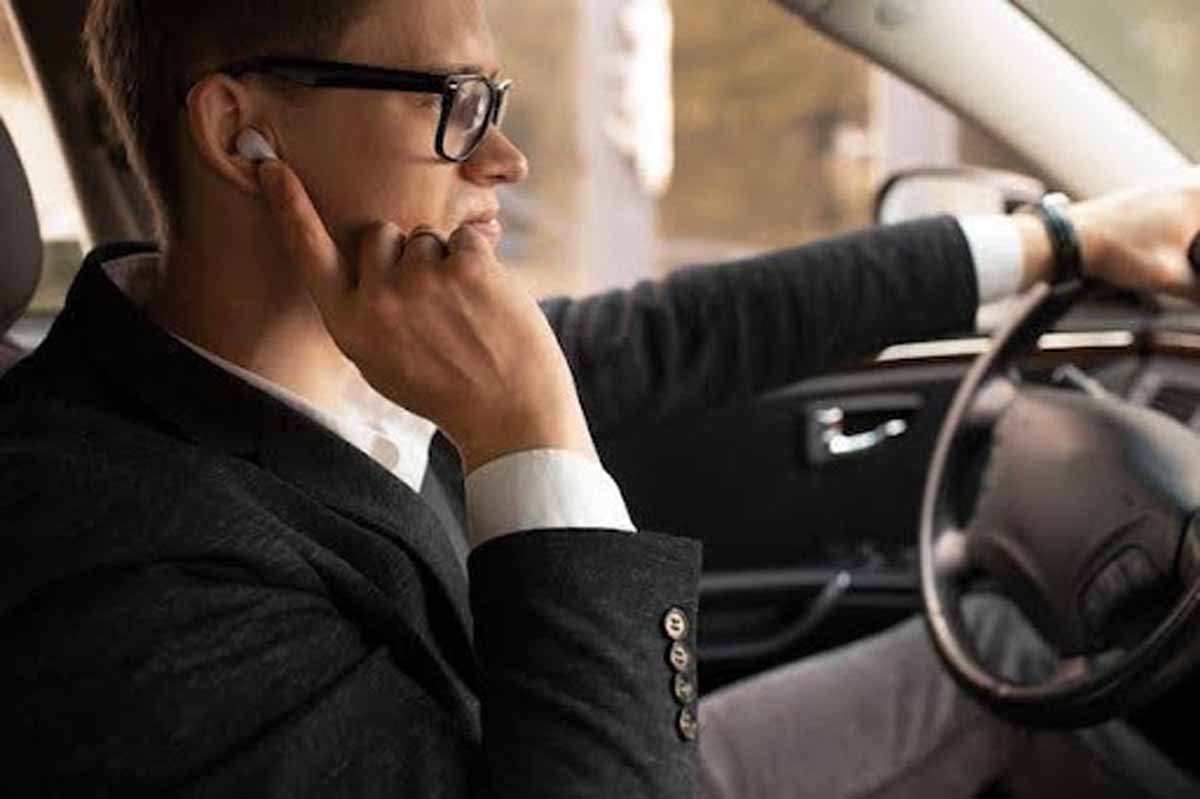It’s incredibly dangerous to drive while distracted. Accidents happen more often because drivers use their phones or do not pay attention. Proving distracted driving in a car accident case can be hard.
Just saying someone was distracted isn’t enough; you need clear evidence. This might involve checking phone records, getting witness statements, or looking at video footage.
In this article, we’ll talk about the types of distracted driving and ways to prove distracted driving.
Types of Distracted Driving
Distractions while driving come in three main types: manual, visual, and cognitive. Manual distractions involve taking your hands off the wheel, like texting or adjusting the radio.
Visual distractions cause you to look away from the road, such as glancing at a billboard or your phone screen. Cognitive distractions happen when your thoughts wander, and you lose focus on driving.
Recognizing the type of distraction that occurred can help pinpoint the evidence you will need.
Let’s now look at the various ways of proving distracted driving.
Cell Phone Records
If the other driver was using their phone when they hit you, their phone records could be very useful.
Phone companies keep detailed logs, and with the right legal request, those records can show if the driver was texting, calling, or using social media at the time of the crash.
It’s not always 100% reliable, but it can help establish a timeline of events. For example, if a text was sent or a call was made right before the crash, it’s hard to argue that the driver wasn’t distracted.
Witness Statements
In cases like this, witnesses are very important. A driver passing by might have seen the other driver swerving or using their phone.
Or a pedestrian might have seen them looking at Instagram instead of paying attention to the road.
Witnesses’ accounts can help your case. It’s interesting because witnesses don’t always have to be people who saw the accident happen.
Sometimes, people who saw the driver just before the accident can give important details about what the driver was doing.
Surveillance Footage
Cameras are everywhere in the modern world – at traffic lights, in front of stores, and on dashboard cameras, constantly watching everything.
If you’re lucky, there might be video recordings showing the actions of a distracted driver just before an accident.
Imagine having footage of a driver taking a selfie at a traffic light or drifting into your lane because they were using FaceTime.
Insurance companies and courts really value this kind of proof. It’s hard to argue against video evidence.
Vehicle Data
Today’s cars are like small computers, and many of them have a device called an Event Data Recorder (EDR), also known as the vehicle’s black box.
These devices store important information before an accident, such as speed, steering, and braking. While this doesn’t prove that someone was distracted, it can support other evidence.
For instance, if the EDR shows no attempt to use the brakes before the crash, and there are cell phone records indicating that the driver was texting, it suggests that they were not paying attention to the road. It’s amazing how helpful this small piece of technology can be.
Police Reports
When accidents happen, the police are usually the first to arrive and they carefully record all the details.
A complete police report can give important information about the accident, such as any signs of distracted driving the officer may have seen.
They might have seen the driver using their phone when they arrived. Or the driver who caused the accident may have admitted to being distracted.
In any case, having a police report in your favor strengthens your case. Also, insurance companies often rely on these reports to make their decisions, so having one on your side can be a big advantage.
 Posting on Social Media
Posting on Social Media
Sharing updates on social media while driving can significantly impact the outcome of a case.
If the driver at fault was posting on Instagram or uploading a TikTok video at the time of the accident, it can be strong evidence of distraction.
Lawyers can request this social media data to strengthen your case against the driver at fault.


 Posting on Social Media
Posting on Social Media